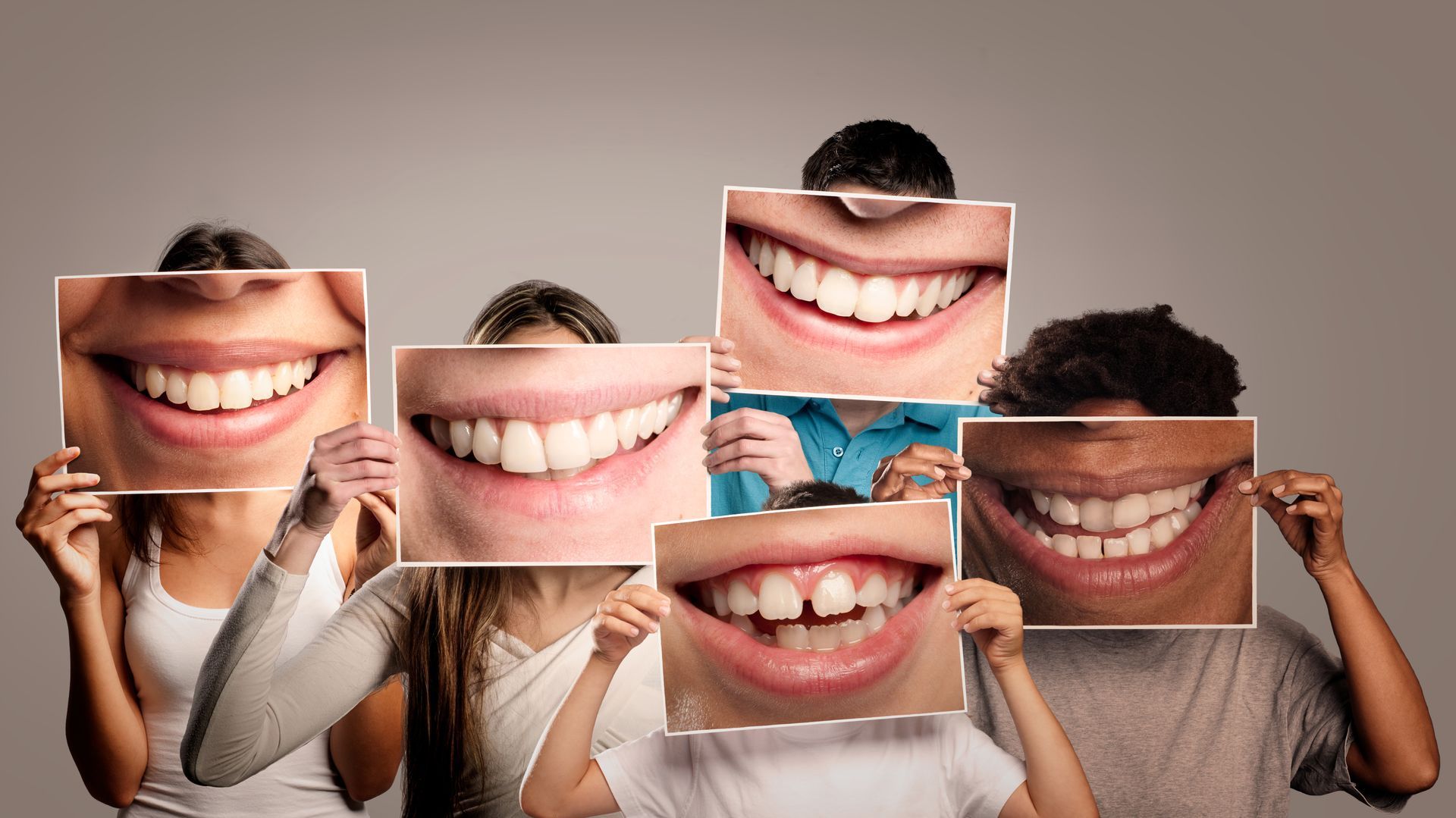Blog






Frequently Asked Questions
Answers to Your Dental FAQs: Clearing Up Common Questions and Concerns



















What advanced technologies and high-tech equipment do you utilize in your dental procedures?
We pride ourselves on staying at the forefront of dental technology. Our practice is equipped with state-of-the-art tools such as digital X-rays, intra-oral cameras, a 3D x-ray machine, and a digital scanner to ensure precise diagnoses and effective treatments.
Village Creek Advanced Technology and Cutting Edge Treatments
What is resin bonding, and how does it differ from traditional dental fillings?
Resin bonding is a technique where a tooth-colored composite resin material is applied and bonded to the tooth. It differs from traditional fillings as it requires less removal of natural tooth structure and provides a more aesthetically pleasing result.
An Overview of Dental Bonding: Purpose, Durability, and Cost
How long does a resin bonding procedure typically take?
The duration of a resin bonding procedure depends on the complexity of the case, but it can typically takes between 30 minutes to 1 hour per tooth.
Will my insurance cover the cost of resin bonding?
Insurance coverage for resin bonding may vary depending on your specific dental insurance plan. It's best to check with your insurance and our office to determine the extent of coverage.
Can resin bonding fix tooth discoloration or stains?
Yes! Resin bonding can be an effective solution for treating tooth discoloration or stains. The resin material can be shade-matched to your natural teeth, providing a seamless and aesthetically pleasing result.
Are there any post-treatment care instructions I should follow after getting resin bonding?
After resin bonding, it is recommended to avoid consuming staining substances such as coffee or tobacco for the first 48 hours. Regular brushing, flossing, and dental check-ups are essential to maintaining the longevity of the bonded restorations.
What is the expected lifespan of resin bonded restorations?
With proper care and maintenance, resin bonded restorations can last for 3- 10 years or more. However, their lifespan can be influenced by factors such as oral hygiene practices, diet, and habits like teeth grinding.
Are there any potential risks or complications associated with resin bonding?
Resin bonding is a safe and minimally invasive procedure. However, in rare cases, allergic reactions to the resin material or minor chips or fractures may occur. Our experienced dental team takes all necessary precautions to minimize such risks.
Can I receive resin bonding if I have dental anxiety or phobia?
Absolutely. Our dental professionals are trained to provide a comfortable and relaxing environment for all patients.
What cosmetic dental services do you offer?
We offer a wide range of cosmetic dental services, including teeth whitening, composite and porcelain veneers, and full smile makeovers. Our experienced cosmetic dentists can help you achieve the beautiful smile you desire.
How long does teeth whitening treatment last, and are the results permanent?
The duration of teeth whitening results varies depending on factors such as lifestyle habits and oral hygiene. Generally, teeth whitening results can last for several months. The best way to keep a bright smile is maintenance with frequent cleanings with either in-office or at-home touch-ups.
What preventive dental care measures should I take to maintain optimal oral health?
To maintain optimal oral health, it is important to practice good oral hygiene, including brushing twice a day, flossing daily, and scheduling regular dental check-ups and cleanings. Additionally, a balanced diet and limiting sugary snacks and beverages contribute to preventive dental care. Medications we take and habits like mouth breathing, grinding and clenching, or even ice-chewing are also factors to keep in mind.
How often should I replace my toothbrush?
It is recommended to replace your toothbrush every three to four months or sooner if the bristles become frayed. A worn-out toothbrush is less effective at cleaning your teeth and gums.
Do you offer dental sealants for cavity prevention?
Yes, we offer dental sealants as a preventive measure to protect the chewing surfaces of molars and premolars. Sealants are a thin coating applied to the teeth, creating a barrier against bacteria and food particles, thus reducing the risk of cavities.
What are the benefits of dental implants compared to other tooth replacement options?
Dental implants offer several advantages, including improved aesthetics, enhanced functionality, and durability. They provide the most permanent solution for missing teeth, as they are anchored in the jawbone and are the best option for resembling natural teeth in both appearance and function.
Choosing Between Dental Implants, Traditional Dentures, and Cosmetic Dentures
Can you explain the process of getting a dental crown?
Getting a dental crown typically involves two appointments. During the first appointment, the tooth is prepared, and impressions are taken. You will enjoy the ease of our Trios digital scanner as the camera snaps photos of the tooth we work on. This file gets sent directly to
Smiles by Rego, the dental lab we hand-selected to create custom crowns for our patients. A temporary crown is placed while Smiles by Rego fabricates your custom crown. In the second appointment, the lab-made crown is tried in to ensure the best fit before getting bonded on to your tooth.
What restorative options are available for replacing multiple missing teeth?
There are several restorative options for replacing multiple missing teeth, including dental bridges and implant-supported dentures. Our experienced team of Dr. Ulep and Dr. Hernandez assess your specific situation to identify the best functional option for you.
Choosing Between Dental Implants, Traditional Dentures, and Cosmetic Dentures
What is the difference between a dental filling and an inlay/onlay?
A dental filling is used to repair a small to moderate cavity, while an inlay/onlay is used for larger cavities or when the damage extends to the sides of the tooth. Inlays/onlays are typically made in a dental laboratory and provide a more durable and precise restoration.
Can you explain the process of a root canal treatment?
Root canal treatment involves removing the infected or damaged pulp from the tooth, cleaning and disinfecting the root canal, then filling it with a biocompatible material. A dental crown is often placed on the treated tooth to restore its strength and protect it from further damage.
Hours & Address
Monday - Closed
Tuesday to Thursday - 8 am to 5 pm
Friday - 8 am to 12 pm by appt. only
Saturday to Sunday - Closed
Lunch Daily 12 pm - 1 pm
Navigation Links
All Rights Reserved | Village Creek Dental

